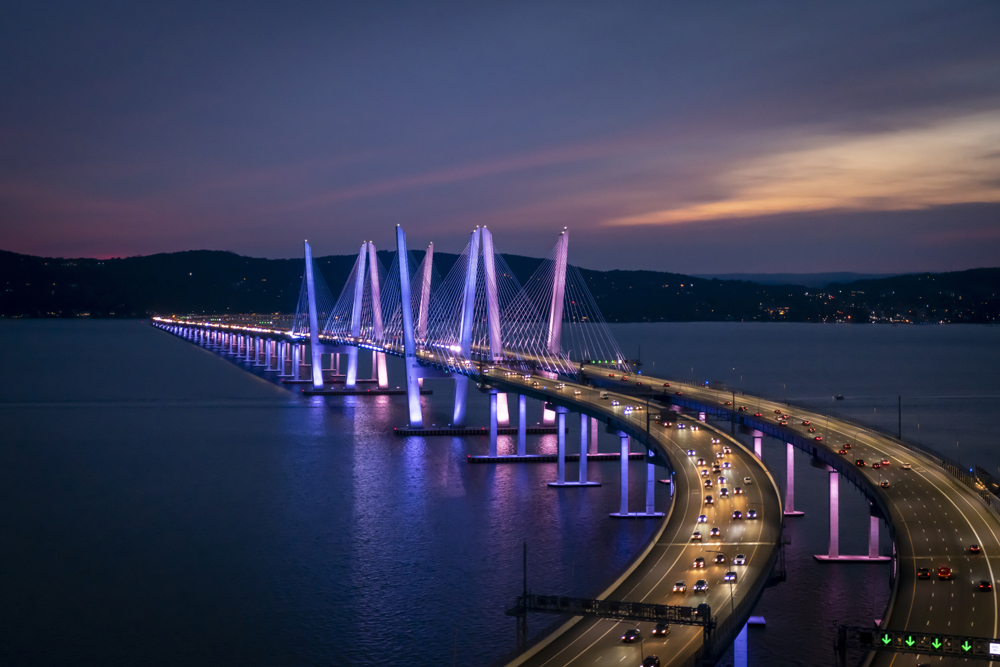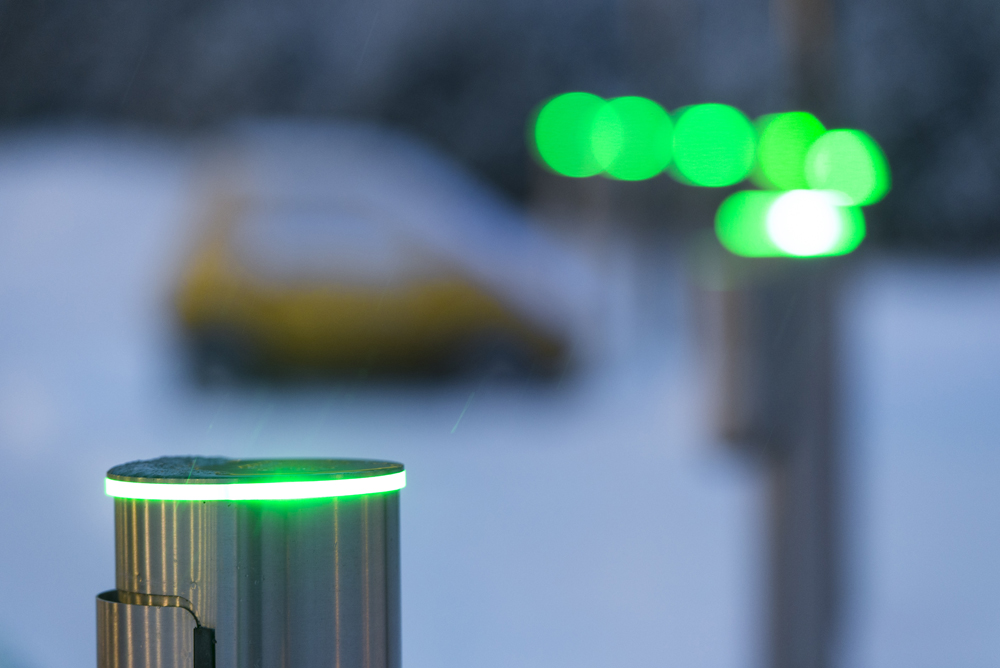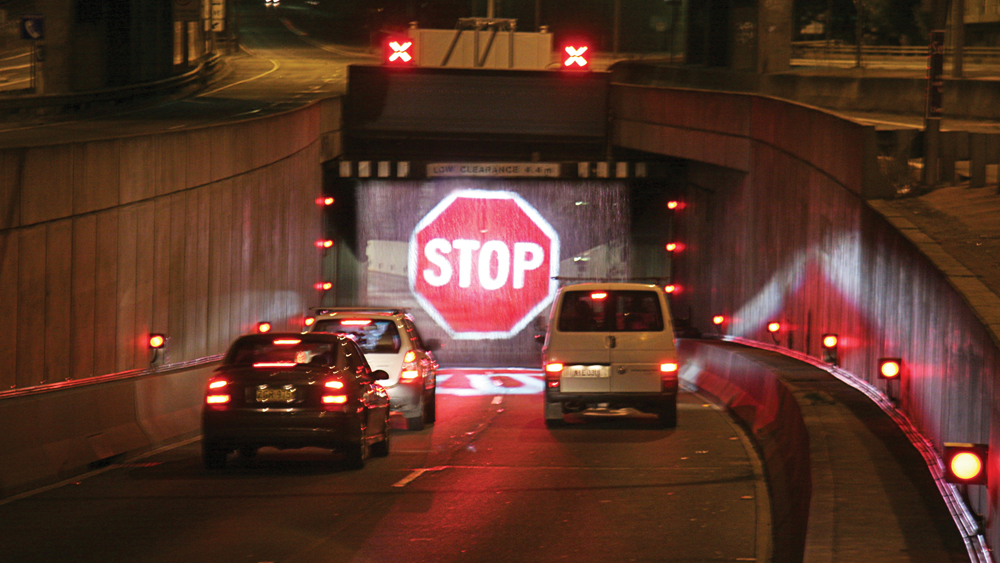
Vulnerability of tunnels to unsuitable vehicles - overheight ones ignoring warnings or overheating ones catching fire in transit - is spurring innovative solutions to maintain safe and efficient traffic flows. For the latter – more immediately life-threatening – problem, Austrian sensor developer SICK’s Swiss subsidiary ECTN AG has devised a pioneering hotspot detector for deployment at tunnel approaches.
Created to sense overheating vehicles and components in advance of a portal and alert control centres to take evasive action, the system is now operational at a Central European mountain crossing. Installed 1.5km in advance of the northern entry to the Karawanken Tunnel between Austria and Slovenia, it has been successfully trialled by Austrian toll highway operator ASFINAG.
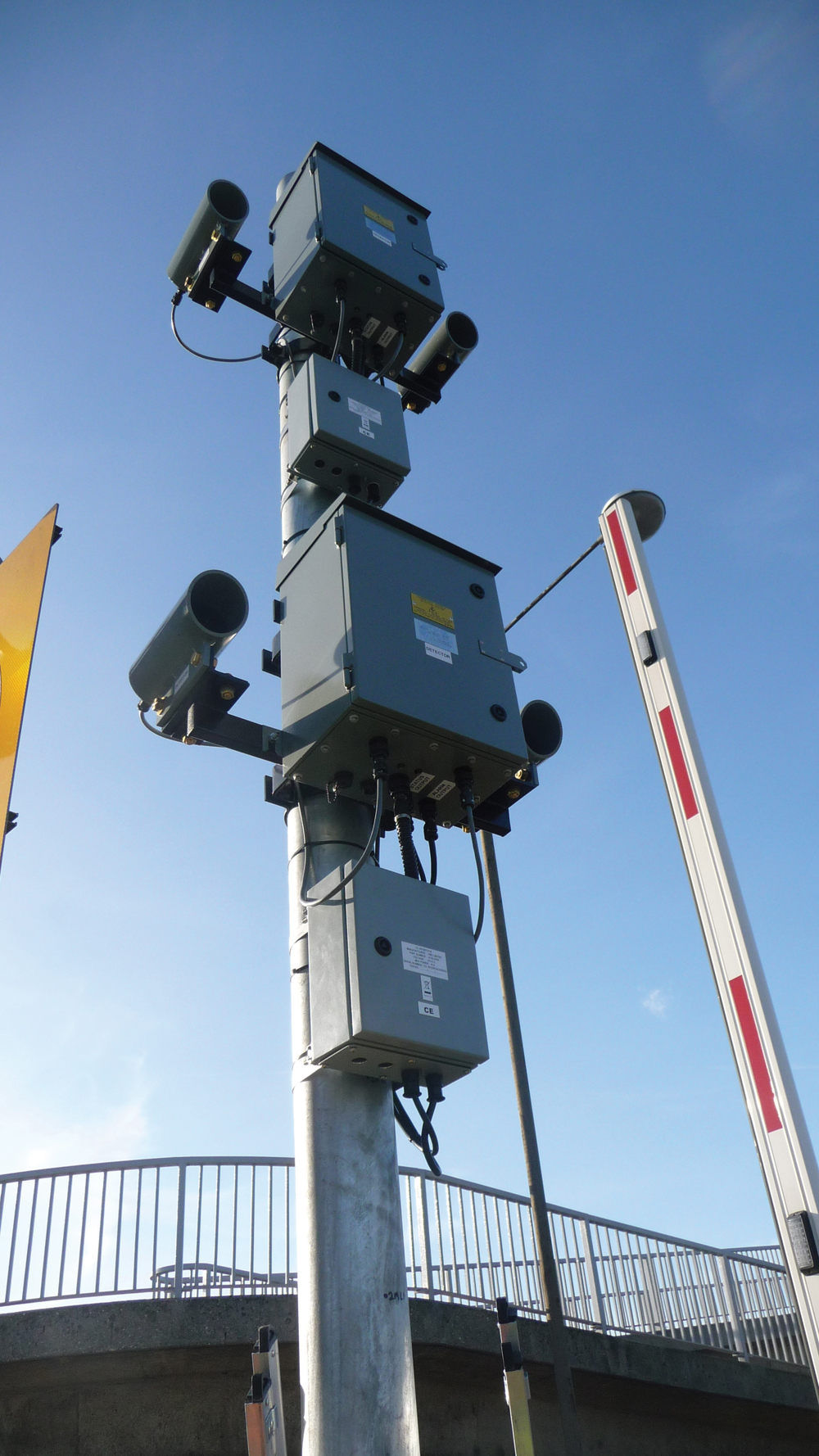
The system integrates data from thermal imaging cameras and laser measurement sensors that detect any overheating commercial vehicles in free flow traffic. It then diverts them onto a dedicated lane to undergo full metrological detection.
Incorporated in the array is SICK’s LMS511 laser sensor which measures a vehicle geometrically, generating a 3D model and identifying each as of one of 28 predetermine types. At the same time, infrared cameras measure the temperature from either side, the resulting values combining with the geometric data to create a 3D thermal model. The technology automatically detects individual vehicle characteristics, including loading, and components such as the wheels or exhausts. It compares their condition with temperature thresholds for vehicle types, to avoid false alarms.
In a long-distance passenger coach, for example, with the engine at the rear, the system knows that high temperatures here are normal. It can also differentiate between wheels that have overheated to 100°C or more from hot exhaust emissions.
If the outputs show a potential hazard, the control centre activates automated diversion messages that reroute the vehicle via alternative over-mountain crossings. The detector proved its worth within a week when a trailer wheel on a semi-trailer truck registered over 200°C. The alarm enabled the control centre to give the driver diversion instructions via intercom. Subsequent detailed examination showed that, in addition to its overheated wheel, the vehicle was travelling with two cracked brake discs and police issued it with an immediate prohibition.
The Karawanken Tunnel opened in 1991 as an alternative to two existing mountain passes. It connects the Austrian A11 motorway with the Slovene network leading to the capital, Ljubljana.
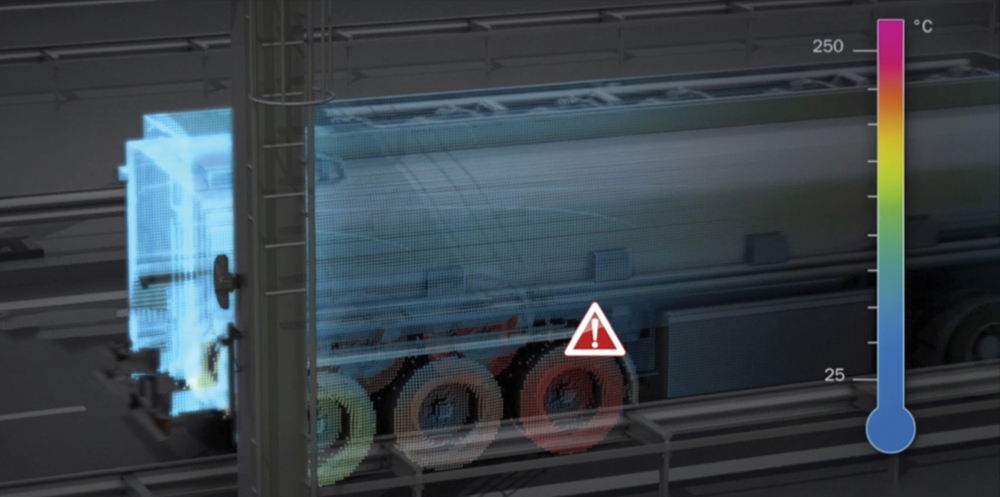
Planned originally as twin two-lanes, it was built as a single bore in response to lower traffic level predictions. Following, however, the June 2011 completion of the second bore of the ASFINAG’s Tauern Road Tunnel to the north, and increased traffic flows, there are plans to double its capacity.
Meanwhile, ASFINAG and SICK are exploring other potential sites for hotspot detectors at other 150 tunnels. The focus is on tunnels that handle two-way traffic or have long uphill or downhill approaches (the former increasing risks of overheated engines or turbochargers, the latter those of overheated brakes).
Oz water curtain
On the other side of the world a fire in the Sydney Harbour Tunnel (SHT) was the initial incentive for developing a laser-generated Softstop ‘water curtain’ STOP sign, subsequently routinely used to deter overheight vehicles. Developed by Asia-Pacific special effects company Laservision, using events industry experience and hydraulic engineering technology, this creates a ‘barrier’ of last resort. The activated curtain carries a laser projection of a large, apparently solid ‘STOP’ sign at the portal to shock drivers that have ignored previous warnings to halt. It has enjoyed a 90% success rate.
Says tunnel general manager Bob Allen, who found Laservision through an internet search: “At the initial incident, drivers ignored conventional warnings and continued towards the fire. They exposed themselves to smoke and toxic fumes and then, to compound the situation, turned around and drove back out against incoming traffic.”
Having opened in 1992 to relieve pressure on the Sydney Harbour Bridge, the tunnel now has an average throughput of more than 30 million vehicles per year. Since its opening there have been more than 10,500 cases of overheight vehicles hitting the roof structure. Each incident can affect up to 12,000 peak-time drivers, as well as damaging the tunnel structure.
SICK detectors monitor an approaching vehicle’s height and, if necessary, alert the control centre. An operator then follows the vehicle on camera and, if it fails to stop at a clearly-marked white line, activates the water curtain within three seconds. When activated the tunnel lights automatically switch off to ensure contrast. Developing the curtain involved carefully calculating the critical screen thickness and water pressure levels to avoid wind distortion.
The system has since been augmented by a New South Wales Government-installed set of safety enforcement cameras (because as a private company, SHT has no powers to fine offenders). Allen, now a TV personality from his appearances in the Surveillance Oz series of security-related programmes, would like one further technology aid – navigation devices giving accurate tunnel dimensional restrictions.
Disruption cut
In the UK, a prewarning system has cut disruption times resulting from overheight incidents by 38% in the northbound Blackwall Tunnel – a strategic East London river crossing. This bore was built over 100 years ago for mostly horse-drawn carriages and the geometry does not suit modern high-sided vehicles.
To ensure safe operation, no vehicle over 4m high is allowed to use it; those between 2.8m and 4.0m high are restricted to the inside lane and those under 2.8m to the offside one. A more recent, and bigger, adjacent bore carries all southbound traffic.
With an earlier system, installed 520m before the tunnel portal, each potentially over-height vehicle detected meant a closure, to enable redirection of the driver onto an off -ramp for checking. If this confirmed the diagnosis, police issued a fixed penalty notice and rerouted the driver.
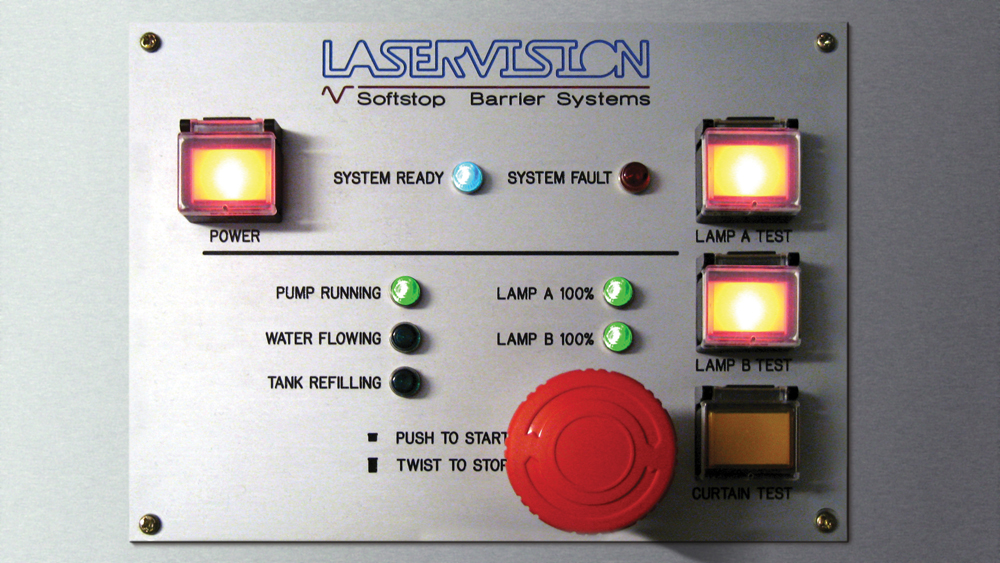
The new system stands 1.6km back from the portal, supported by a revised traffic layout to divert overheight vehicles without impacting tunnel flows. The original off-ramp diversion remains as a safety net.
Key detection components include cross-carriageway overheight vehicle detectors (OVDs) from Coeval, overheight vehicle lane detectors (OVLDs) from SICK and Spike+ ANPR cameras from PIPS Technology. If an overheight vehicle is detected, Pegasus variable message signs display warning messages and vehicle number plates.
The Pegasus signs are supplied by VMS which has also provided the central vehicle detection unit, and coordinated the scheme for services company Serco (operator of the tunnel on behalf of Transport for London). As each vehicle approaches, overheight vehicle detectors will - if it is over the designated height - send a message to a variable message sign which then displays a default warning. Next, the vehicle passes under the overheight vehicle lane detectors, which alert the central vehicle detection unit to tell the ANPR cameras which lane it is in and which number plates to read.
The cameras send registration details to the variable message signs for inclusion in message displays, together with instructions to change lanes or divert. Physical barriers and traffic lights manage redirection. The result has been a reduction in the length of disruptions to traffic per four-week period from an average 4.13 hours for 21 periods pre-installation to an average 2.56 hours for 21 periods since. David Hargreaves, principal engineer with VMS says: “The key is the speed at which equipment has to operate to enable the display of appropriate information in time for drivers to see it”.






